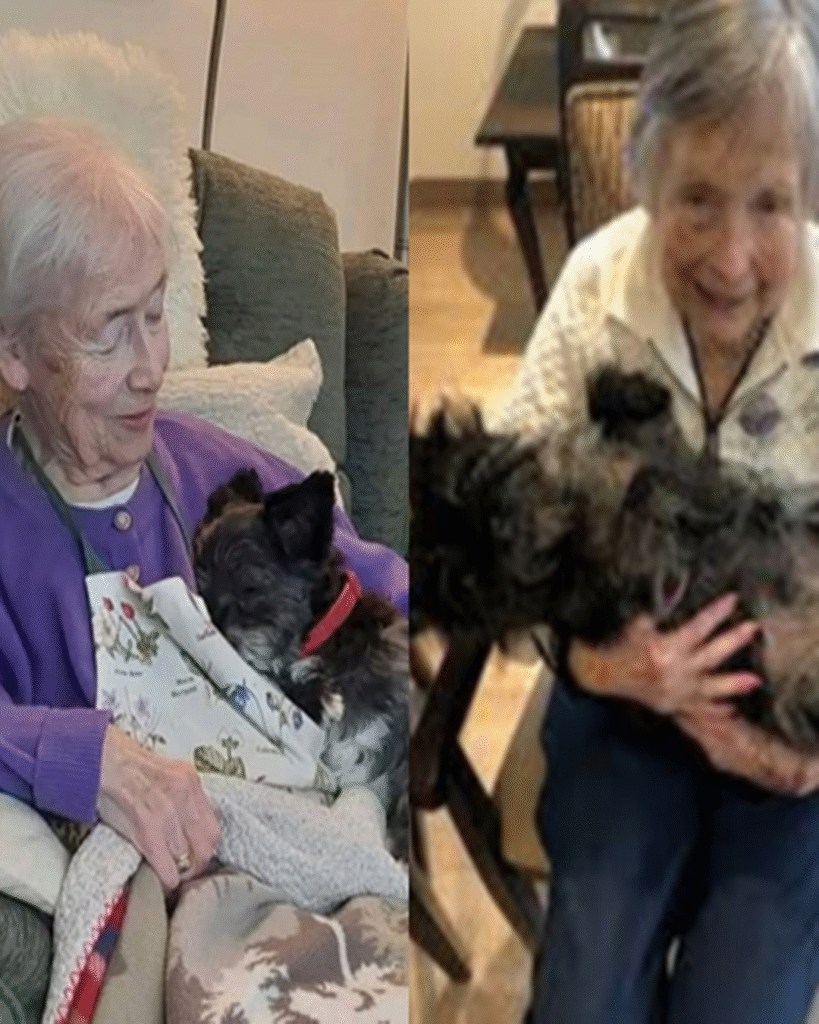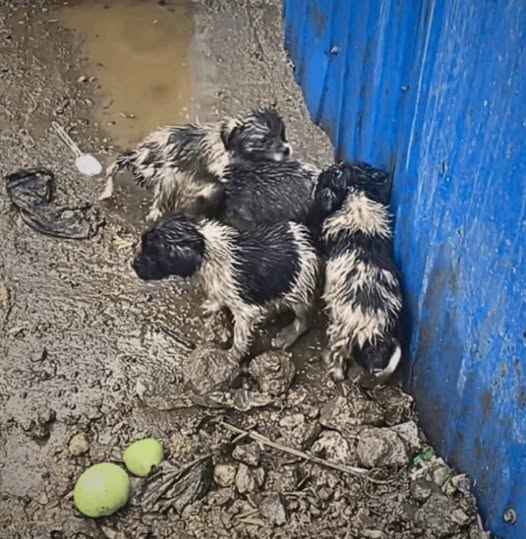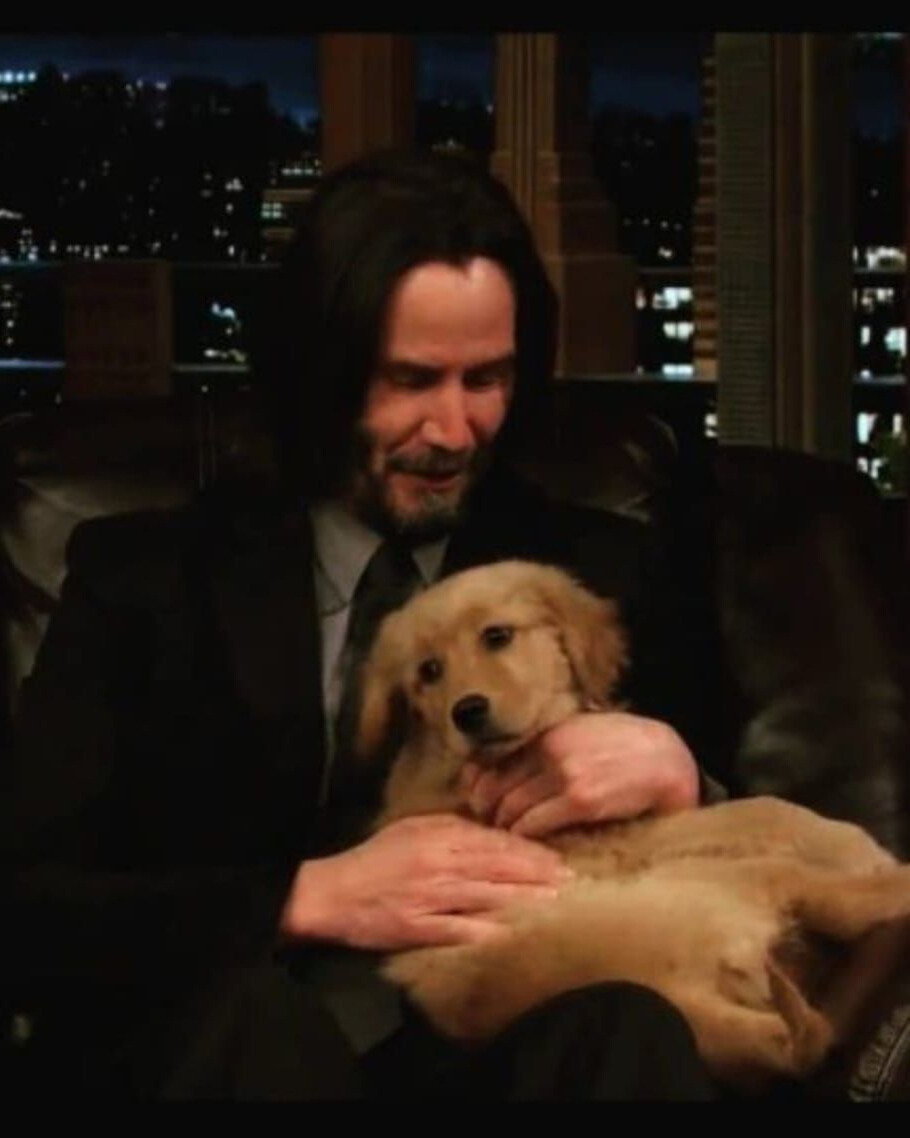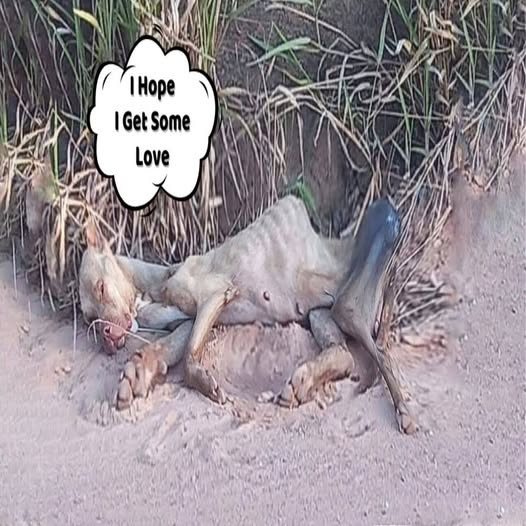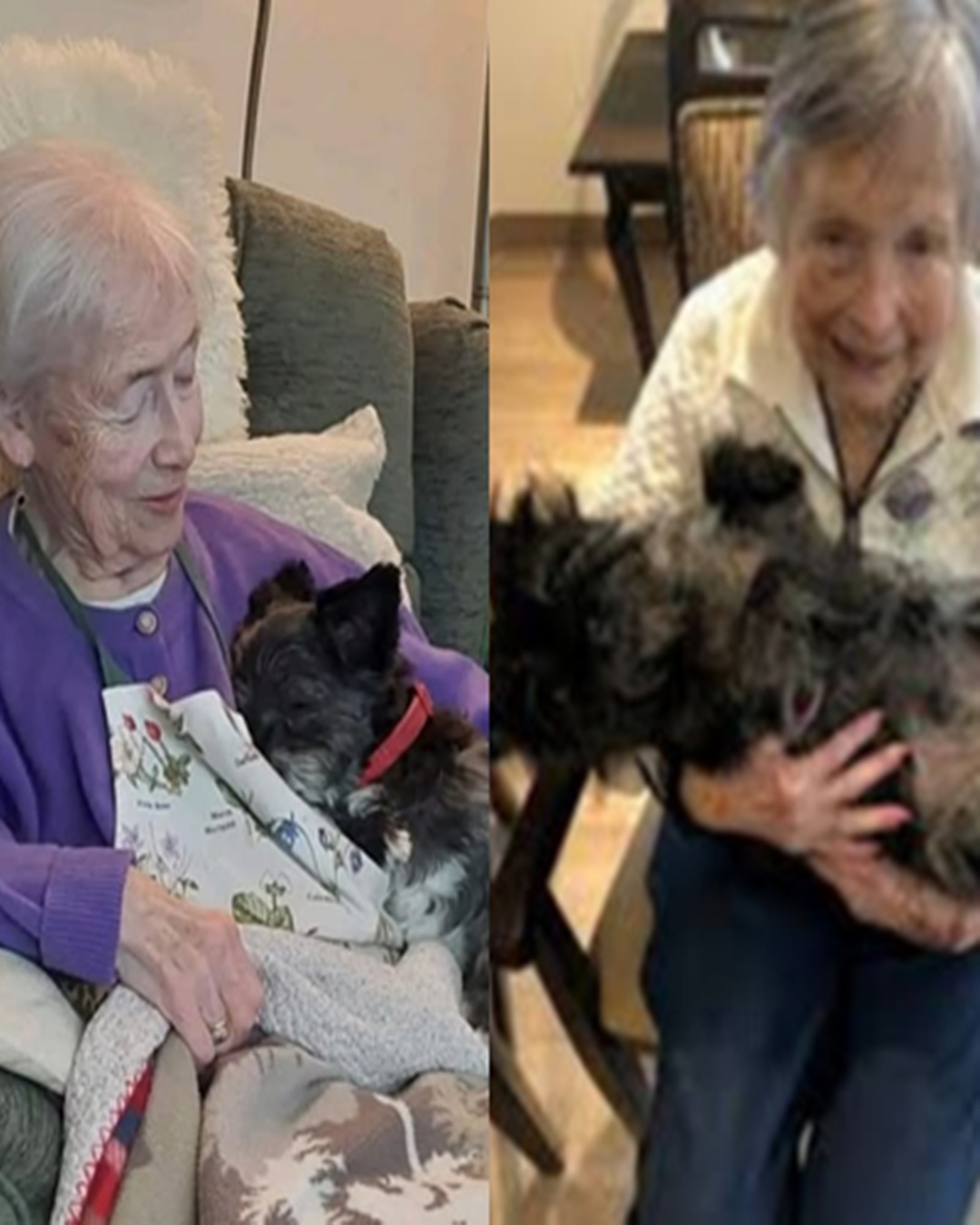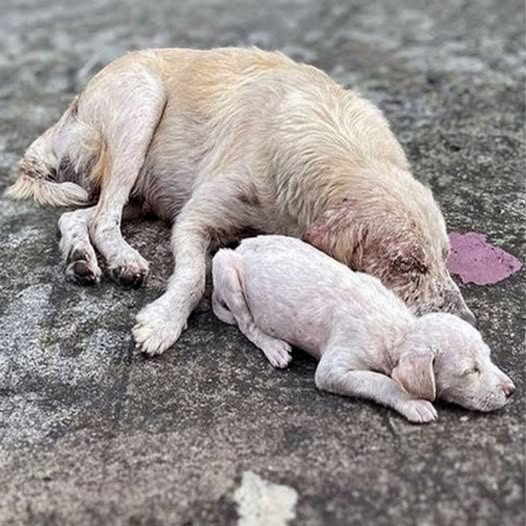At 89, my mum thought she’d never have another dog. Just before Christmas, her beloved companion passed away, leaving the house painfully quiet. She told herself she was too old, too disabled, and it wouldn’t be fair to bring another dog into her life.
But love has a way of showing up when least expected.
A rescuer who knew her called about a 12-year-old dog whose elderly owner had died. Both were lonely. Both were grieving. My mum hesitated, then finally whispered a cautious yes.
The moment they met, the loneliness disappeared. Her eyes lit up with joy I hadn’t seen in months, and he nestled into her as if he’d been waiting for her all along.
Now, just weeks later, they are inseparable—she has a companion, he has a safe home, and together they’ve given each other a new lease on life.
This isn’t just the story of an old woman and an old dog—it’s proof that second chances can heal even the deepest heartbreak.
At first, the adjustment wasn’t easy. My mum, with her limited mobility, worried she might not be able to care for him properly. The dog, hesitant at first, explored every corner of her home with quiet curiosity. He sniffed at her slippers, nudged her gently with his nose, and circled the living room as if marking it for both of them. Slowly, familiarity grew, and with it, a rhythm of companionship. Every morning, she would brew her tea while he rested his head on her lap, eyes half-closed in trust.
Their bond deepened with every shared moment. On days when my mum felt too tired to go outside, he would nuzzle her arm, insisting on a short walk to the garden. It wasn’t just exercise; it was a ritual that gave them both purpose. She began to smile more, her posture improved, and there was a sparkle in her eyes that had been absent since her first dog passed away. In turn, he seemed more lively than he had in weeks, perhaps sensing that he had finally found a home that would cherish him for the rest of his days.
Friends and family were amazed. Visiting my mum, I noticed how even a simple act—pouring water into his bowl—brought her satisfaction. She laughed when he chased his tail, sometimes so enthusiastically that she clapped along. He followed her everywhere, whether it was to the kitchen, the bedroom, or the armchair by the fire. Even watching her knit, he would rest his head on her lap, quietly soaking in the warmth of her presence.
What struck me most was how much mutual healing they provided each other. The grief that had hung over my mum’s home like a shadow began to lift. Laughter returned to the walls, and the quiet of the house was replaced with the gentle thump of paws on the floor. Every night, as she tucked herself into bed, he would curl up beside her, providing not just companionship but a profound sense of security. Neither was alone anymore.
I also noticed the changes in my mum’s daily life. She started keeping a small routine again, motivated by the dog’s needs. Walks, feeding times, and brief play sessions gave her structure. For a woman who had been struggling with isolation, these small acts of care rekindled her sense of responsibility and independence. In a way, he became her lifeline, reminding her that life still had moments worth cherishing.
The community around her noticed the transformation, too. Neighbors would stop by, commenting on how happy she looked. The local postman would chuckle as he saw her leaning on the gate, dog at her side, waving at passersby. Even strangers seemed to respond to the bond she shared with him; there’s a contagious joy in witnessing genuine companionship, and theirs was palpable.
As weeks turned into months, their relationship deepened further. The dog began to trust her completely, allowing her to groom him gently, to trim his nails without fuss, and to cuddle him on the couch without resistance. My mum, in turn, discovered a new sense of confidence. She realized she could care for him despite her age and disabilities, and this realization empowered her. She became more proactive about her own health, walking a little more each day so she could accompany him outdoors, making small improvements that added up over time.
There were moments, of course, that tested their bond. On the rare occasion when he seemed anxious or confused—perhaps missing his previous owner—my mum learned to sit quietly with him, offering a soothing voice and a gentle hand. Patience became their shared language. Every small victory—whether coaxing him down the stairs safely or helping him adjust to a new diet—strengthened their connection. It was a quiet reminder that love isn’t just about happiness; it’s also about perseverance, understanding, and empathy.
I think one of the most profound aspects of their relationship is that it defies conventional wisdom about age. People often assume that at 89, life has slowed too much for new beginnings, and that a 12-year-old dog is too old for change. Yet, their story proves otherwise. Age is not a barrier to forming meaningful connections, nor is it a reason to deny oneself joy. Life, even in its later chapters, holds surprises and opportunities for deep, transformative love.
Watching them together has been a humbling experience. There’s something about the quiet intimacy of two beings who have known loss, who have faced loneliness, yet still find the courage to embrace new bonds. It’s a reminder that grief is not the end of joy—it can be the bridge to it. In their shared moments, I see resilience, tenderness, and the kind of companionship that transcends words.
In addition, this story has inspired those around us to reconsider their own perspectives on age and adoption. Several friends have asked about the rescue organization, curious if they might find similar second chances for themselves or their elderly pets. It’s heartening to see how one act of kindness—a rescuer reaching out, a decision to say yes—can ripple outward, inspiring a community to embrace empathy and compassion.
Even the simple daily routines have taken on new significance. Morning stretches now involve a wagging tail eagerly waiting for attention. Afternoon tea is accompanied by gentle snoring from a dog sprawled contentedly on the carpet. Evening walks are slower, but every step is shared, a testament to enduring friendship. Life, once quiet and colorless, is now vibrant with small moments that matter profoundly.
As the seasons changed, my mum and her new companion continued to find joy in each other. Autumn leaves provided new scents to explore. Winter snow offered playful opportunities for gentle frolics in the garden. Spring blossoms brought fresh curiosity, and summer sun created long, languid afternoons where they simply rested together. Each moment, ordinary to some, was extraordinary to them because it was experienced together.
What’s perhaps most moving is how their companionship has rekindled my mum’s sense of purpose. At 89, she has embraced life with a renewed vigor. Caring for her dog has reminded her that her life still matters, that love can bloom unexpectedly, and that even after loss, there are gifts waiting to be discovered. The dog, too, has flourished, showing vitality and contentment that can only come from feeling safe, loved, and understood.
This story reminds us that second chances are not just possible—they are life-affirming. They do not erase past grief but offer a path toward healing. Love, patience, and companionship have transformed two lives in ways neither could have predicted. And perhaps that is the most beautiful lesson of all: it is never too late to find joy, to offer love, and to embrace the unexpected gifts that life presents.
In the end, it is not simply about an old woman and a dog. It is about hope, resilience, and the extraordinary ability of beings—human and animal alike—to heal each other. Their story will remain a testament to the power of love, showing that even in the twilight years, the heart has room for new beginnings, and every day can hold the promise of companionship and joy.
Watching my mum and her dog together, it is impossible not to feel a sense of wonder. The quiet house is now filled with warmth, laughter, and gentle snuggles. There is comfort in knowing that both found exactly what they needed—a safe home, unwavering companionship, and a renewed sense of purpose. It is a living reminder that love can arrive at any age, in any form, and that second chances, when embraced, can be miraculous.
